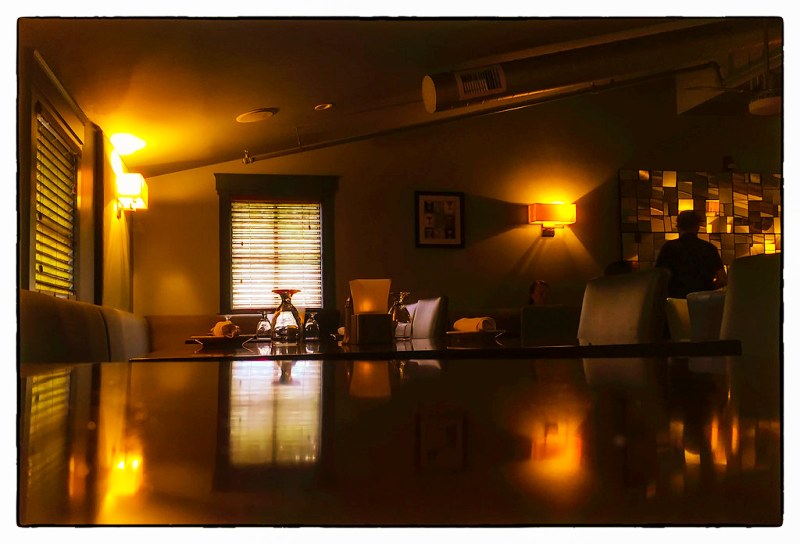
When you want to create an intimate, warm, and comfortable atmosphere, it will help if you use bulbs or LED lamps with warm color temperature, between 2700 and 3000 K, and low power (between 2 and 4 W), to have an adequate amount of light necessary to share an evening with your partner.
1. Which bulb for intimate lighting?
For intimate and relaxing lighting, low lumen LED bulbs are recommended:
– These bulbs consume little and last a long time (up to 100 000 h!) for about $10 per bulb.
– They are ideal for TV corners or bedrooms but should be avoided in rooms requiring more intense lighting: offices, dining rooms, etc.
2. Choice and arrangement of furniture

A well-lit home requires more than just the installation of brighter bulbs. Start by making the most of the natural light in your space. This will save energy and save the planet and your electricity bill at the same time.
Here are some tips:
– Choose low furniture. They will fill the room less and let more light through.
– Choose light-colored, lacquered, or polished metal furniture.
– It is best to choose furniture with glass parts: coffee tables, pedestal tables, chairs, etc. In addition to reflecting the light, this material lets some of the rays pass through it, creating intriguing plays of light and increasing the brightness of your room.
– If your furniture is relatively high and imposing, place it near a window. This will keep the furniture bright and not make the room look cluttered.
– Make sure that armchairs, sofas, or beds never face a window. This way, people who sit or lie on them can make the most of the natural light.
– Don’t overcrowd your room! The more furniture a room has, the smaller it looks and the less light it gets. Too much furniture and too many objects block the diffusion of light through the room.
Good to know: to bring a designer touch to your interior, you can opt for luminous furniture. These pieces of furniture are semi-translucent, and light-emitting diodes (LED) of various colors are integrated. The only drawback is the price of this furniture: a lighted coffee table, for example, costs $150.
3. Walls and partitions: light colors!
It is advisable that your walls and ceiling reflect the light and paint them in a light color. Ideally, opt for white or off-white:
– If you want a more colorful interior, know that warm shades, orange or yellow, for example, also work wonders … As long as you always choose relatively light shades.
– Lacquered or satin paints reflect light better than matte paints: count between $25 and $30 for 2.5 L of clear satin paint.
If you want to put up wallpaper:
– choose a light color;
– As for the patterns: choose them clear and satin so that they reflect the light well.
You can also install glass partitions in your room for interesting light effects. This type of design is available from $800 to $1,500.
For a subdued light, prefer:
– Lime, opaque, and naturally transparent;
– patinated concrete, i.e., colored to give the wall covering an antique look. Again, choose light colors.
Finally, glass bricks are not just for your exterior walls:
– Aesthetic, they can also be installed on your partitions and let the light through while preserving your privacy.
– They are also very economical: they count about $1.5 for classic transparent brick. The price of brick can go up to $50 depending on its size and shape.
Please note: the materials to avoid at all costs are taut, matt, and opaque fabrics, as well as brick. They absorb too much light.
Don’t forget the floors!
Walls and ceilings are not the only architectural elements that influence the brightness of your rooms. It is also essential to choose the right floor covering:
– Choose tiles or sealed parquet over carpet or linoleum.
– Indeed, the first two types of floor, smooth and glossy, reflect the light better, while the second two are matte.
Note: be careful not to choose floors that are too white, as you risk being dazzled. Too much light kills light!
This article will continue in our subsequent publication to advise you further on:
- Where to place your windows?
- How to choose your curtains
- Mirrors for optimal brightness
- Illuminate a dark room with light pipes
- Light therapy, a solution for low exposure?

Leave a Reply